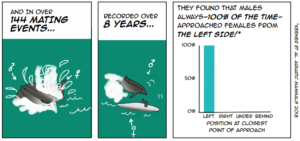In honor of Women’s History Month, meet some inspiring SICB women we’ve profiled over the past few years, and learn about their work!
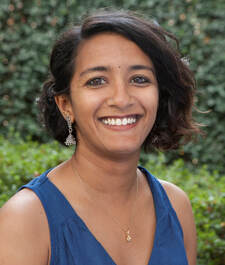
Dr. Anusha Shankar – profiled by ICB blogger Etti Cooper
Hummingbirds are familiar fauna throughout the Americas; as charismatic and elegant as they are tiny, they often stop for a meal at a hummingbird feeder and flit away just as quickly as they appear. But Dr. Anusha Shankar, who presented her recent work at the 2022 SICB meeting, wants you to know that hummingbirds are much more complex than they appear. Shankar notes that “you can’t really judge them by the cover”: not only are hummingbirds surprisingly aggressive with one another, they are also shockingly resilient despite their apparent fragility. When collecting them in the field, hummingbirds “just sit there in your hand,” she explains. “I haven’t had hummingbirds freaking out as much as I’ve had other birds freaking out from being caught in the net.”
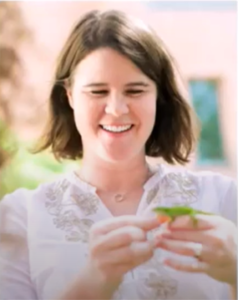
Dr. Michele Johnson, profiled by Taylor Heuerman
“I find inspiration in a lot of places. First, from nature! The research questions that I’ve most enjoyed pursuing have often come from ideas I’ve had while hiking or looking at the world around me. I’m also inspired by my undergraduate students – their questions and their insights and their enthusiasm really are motivating. I’m also inspired by collaboration – the energy that comes from bringing together different skill sets and different perspectives really makes science a lot of fun”
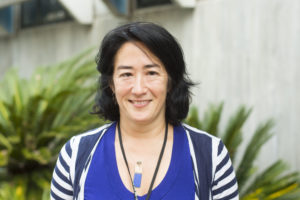
Dr. Alejandra Yep, profiled by Sara Zlotnik
While many scientists engage in outreach beyond their labs and universities, few are as intentional, creative, and dedicated in their outreach as Dr. Alejandra Yep, an associate professor of Biological Sciences at the California Polytechnic State University (Cal Poly). Dr. Yep founded an innovative bilingual education program where college students teach elementary school kids about microbiology in Spanish. She is now incorporating this outreach work into her research and mentoring roles by collaborating with science education expert Dr. Jasmine Nation and supervising undergraduate researchers majoring in psychology, education, and biology. Together, they are not only designing their own activities and lesson plans, but also evaluating the positive impacts that these experiences provide for young kids and for the college students who teach them.
The profiles of Dr. Johnson and Dr. Yep were part of a special effort by SICB student journalists during the virtual meeting in 2021. Visit the page and keep scrolling for additional profiles and videos of amazing SICB women, including Corinne Takara, Elizabeth Perkin, Meredith Kornbach, Maurine Neiman, Leila Deravi, Stephanie Crofts, Patrice Connors, Morgan Kelly, Lisa Whitenack, Stephanie Campos, Cassandra Donatelli, Elsie Shogren, and more!
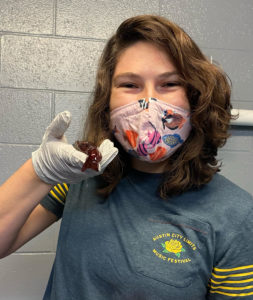
Dr. Lauren Eve Simonitis – work profiled by SICB student journalist Emily Lau
Sea hares, cuttlefishes, and pygmy sperm whales are masterful escape artists. To escape predation, they produce clouds of dark colored inks containing cocktails of sticky and biochemically unpleasant substances, a behavior called “defensive inking”. As their escape acts overwhelm the sensory systems of potential predators, the Houdinis of the sea swim to safety. How do these three distantly related organisms produce these remarkable feats of illusion and how did it evolve?
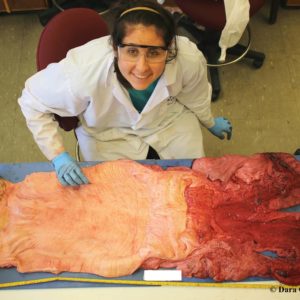 Dr. Dara Orbach – work profiled (in infographic form!) by SICB student journalist Tracey Burkhard
Dr. Dara Orbach – work profiled (in infographic form!) by SICB student journalist Tracey Burkhard
